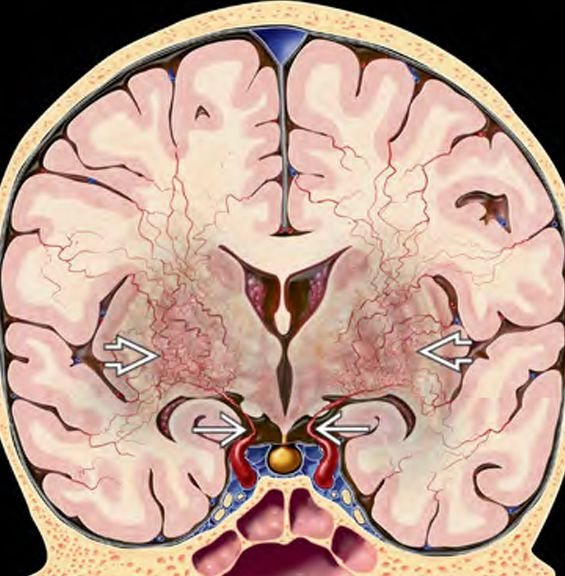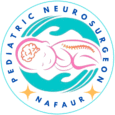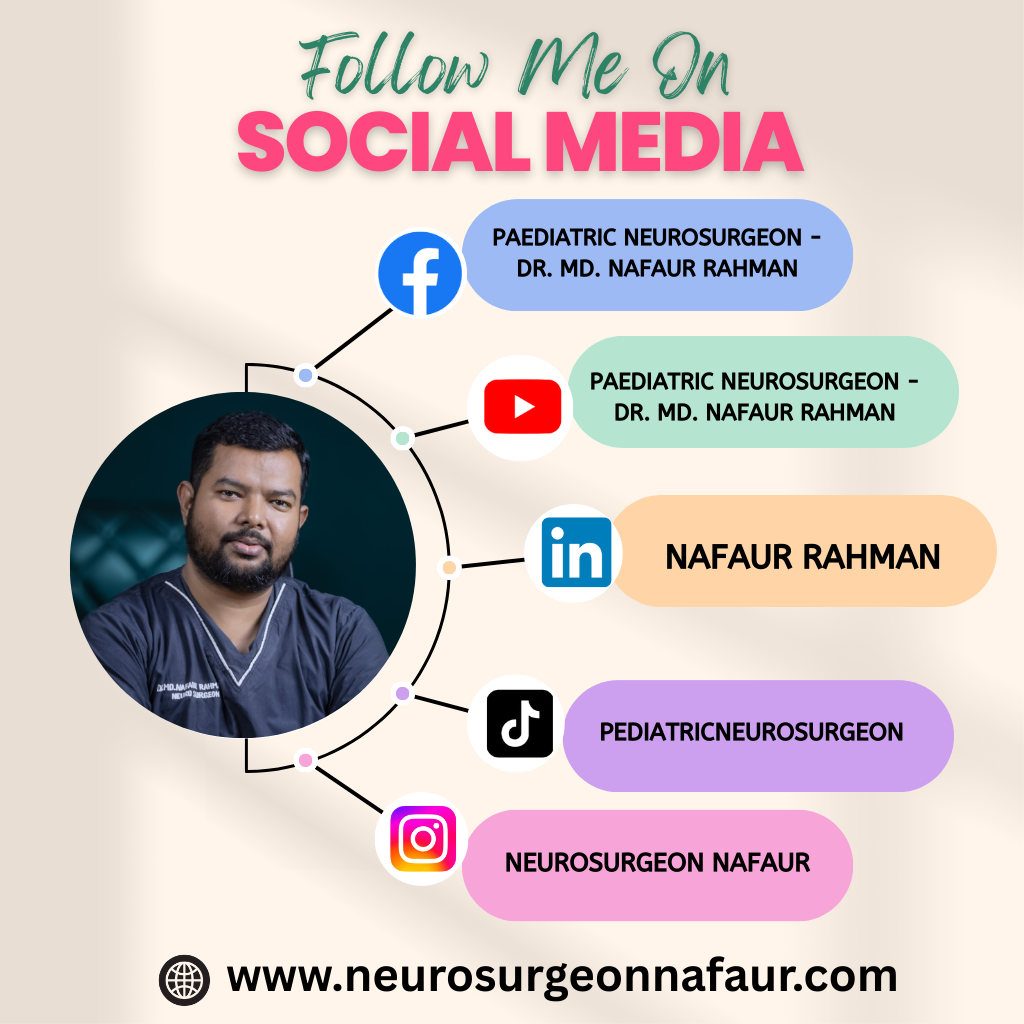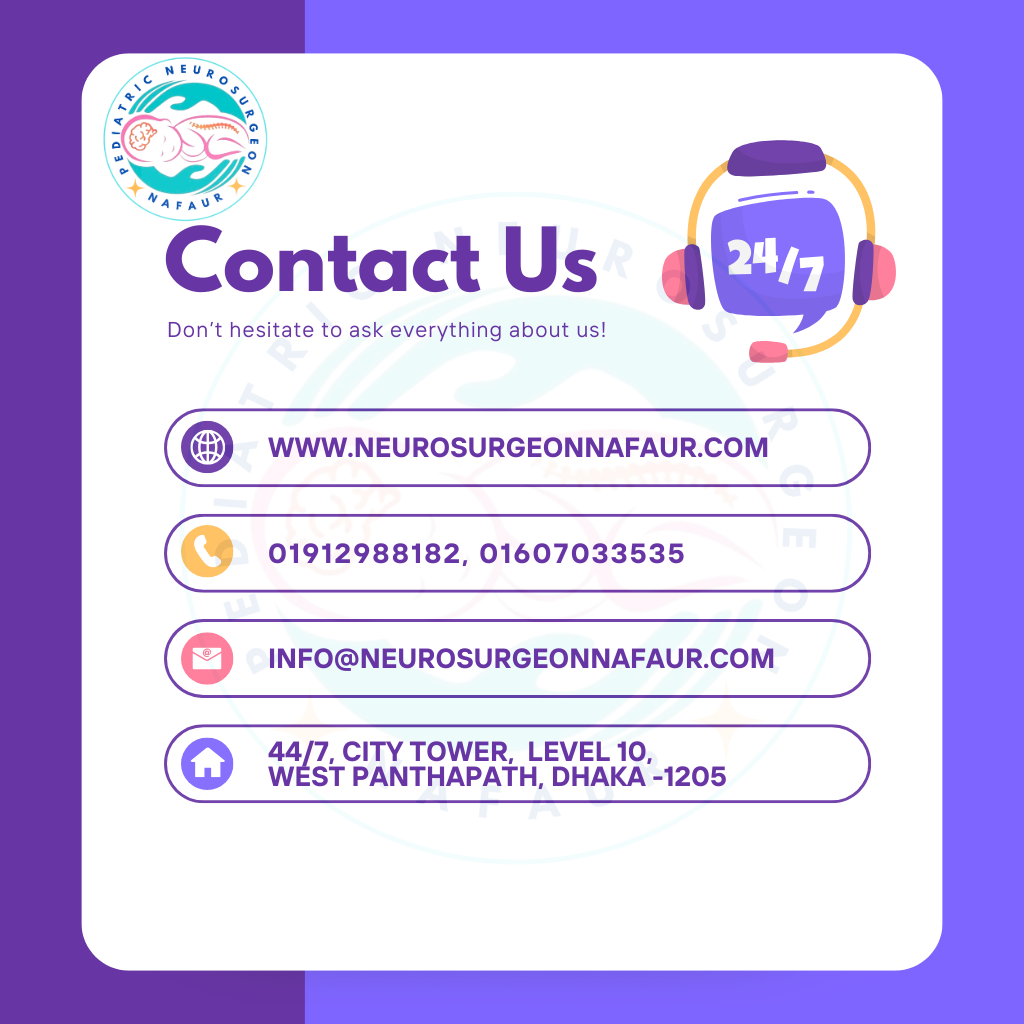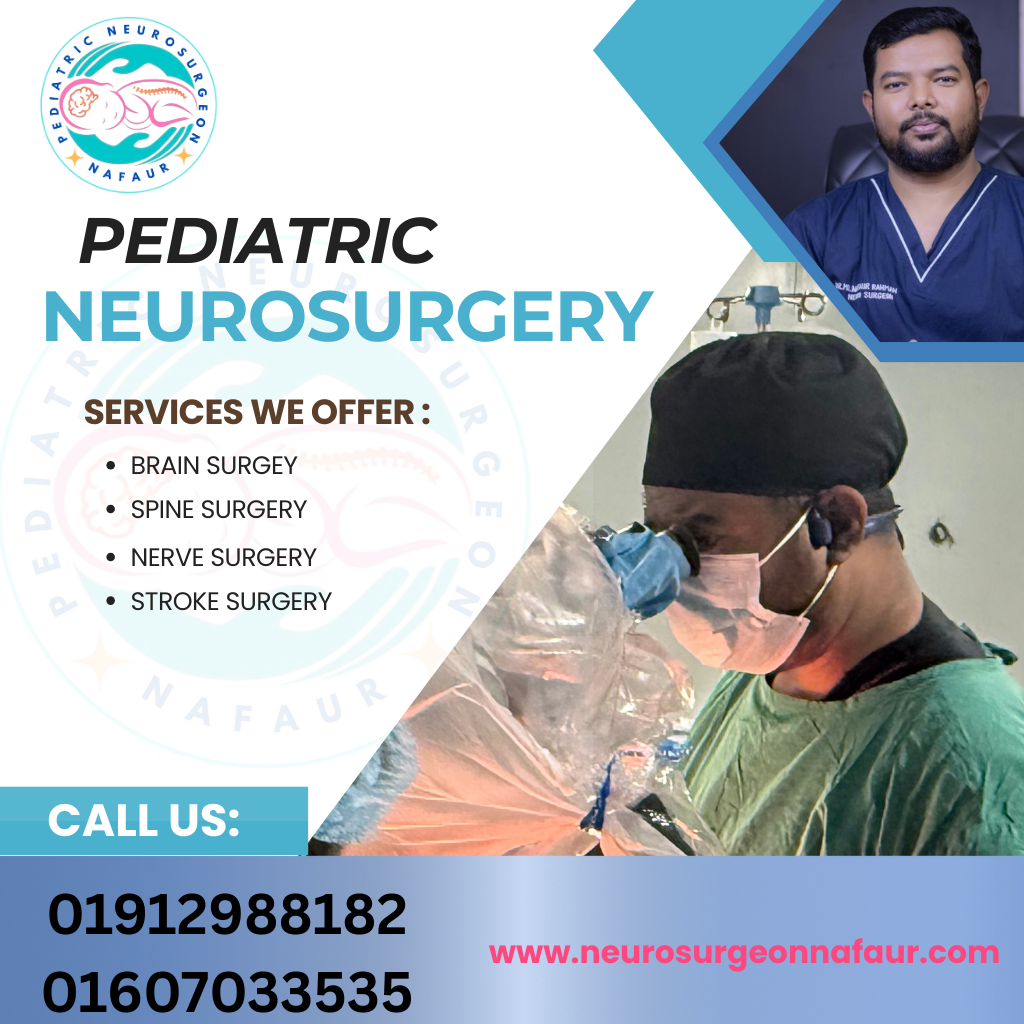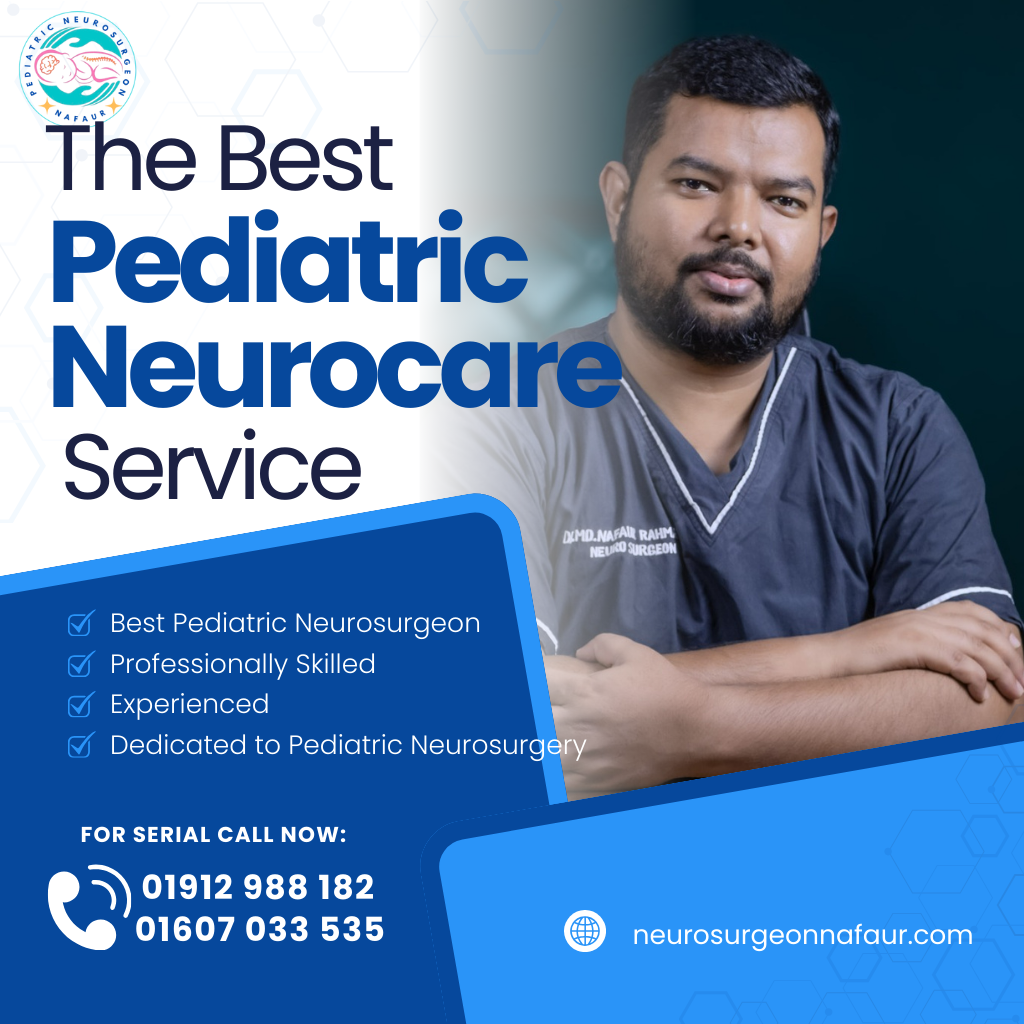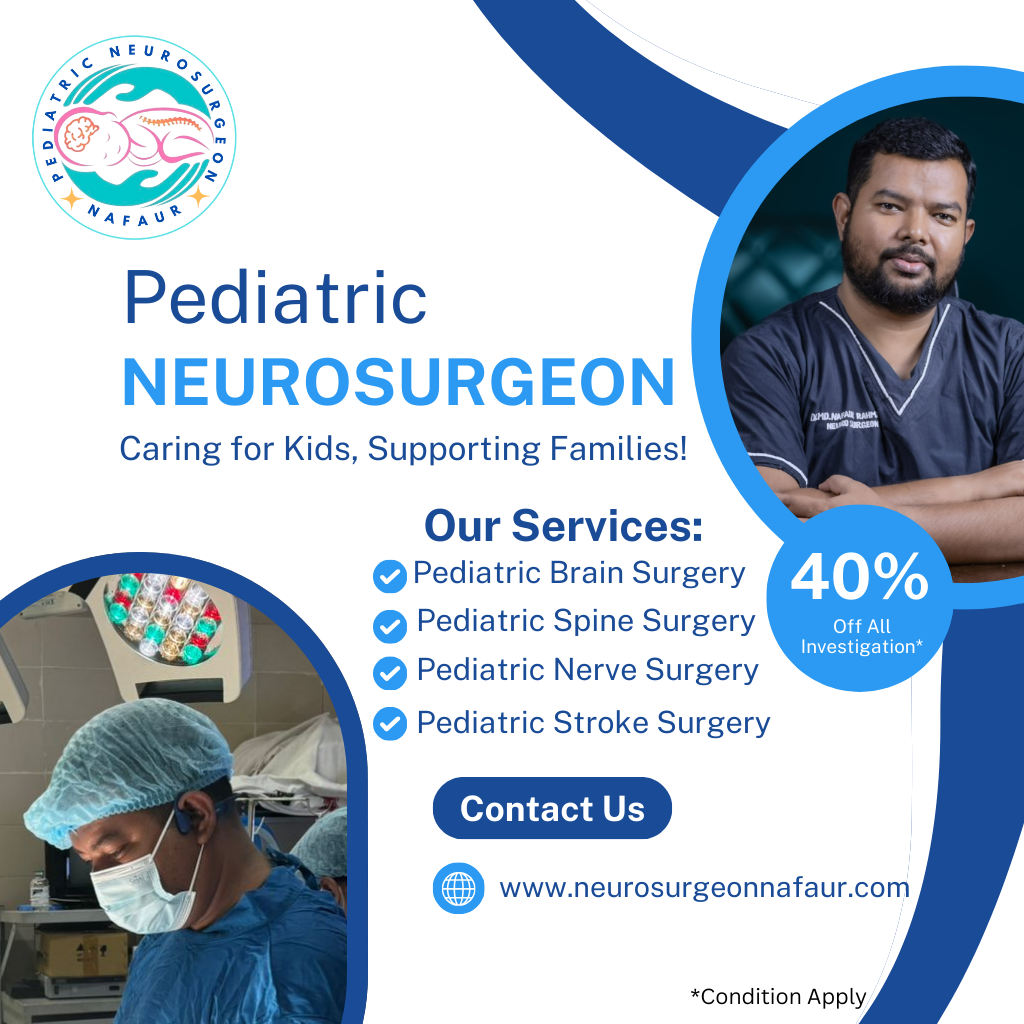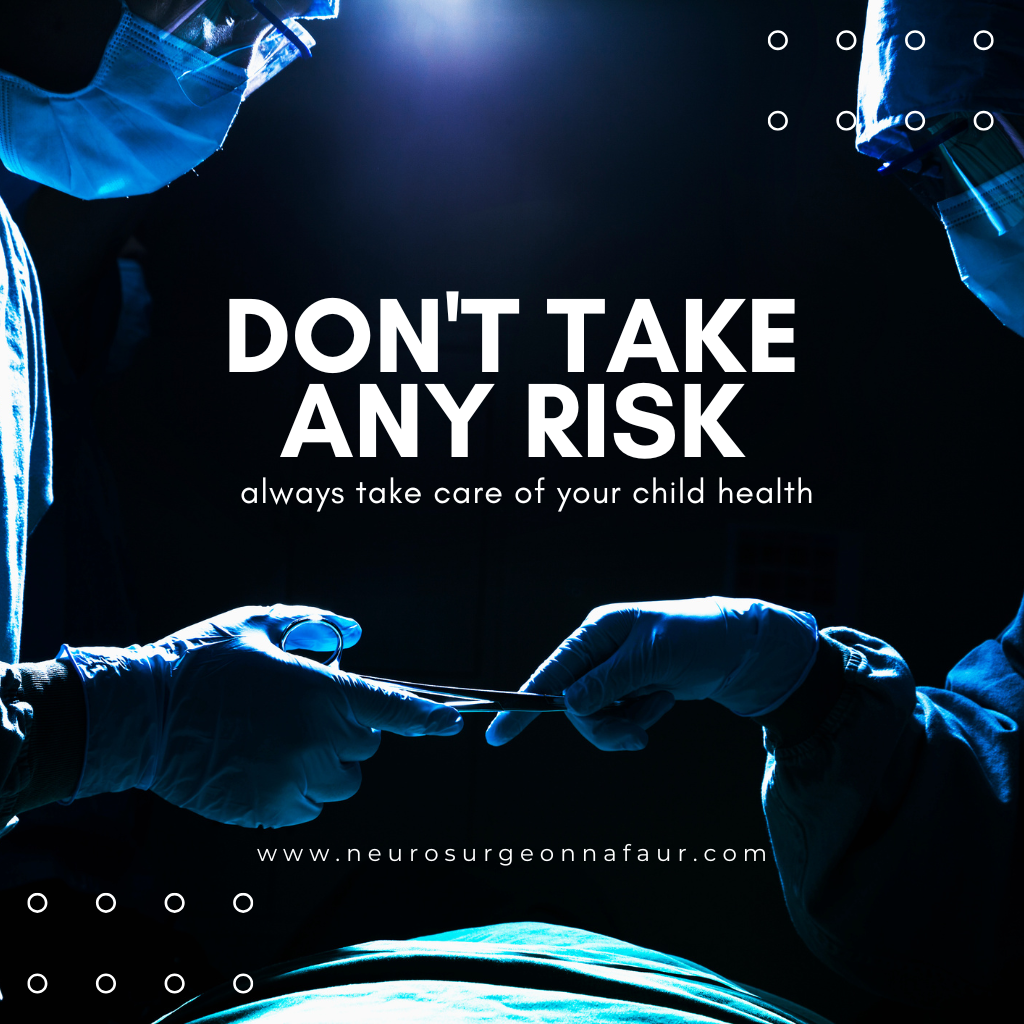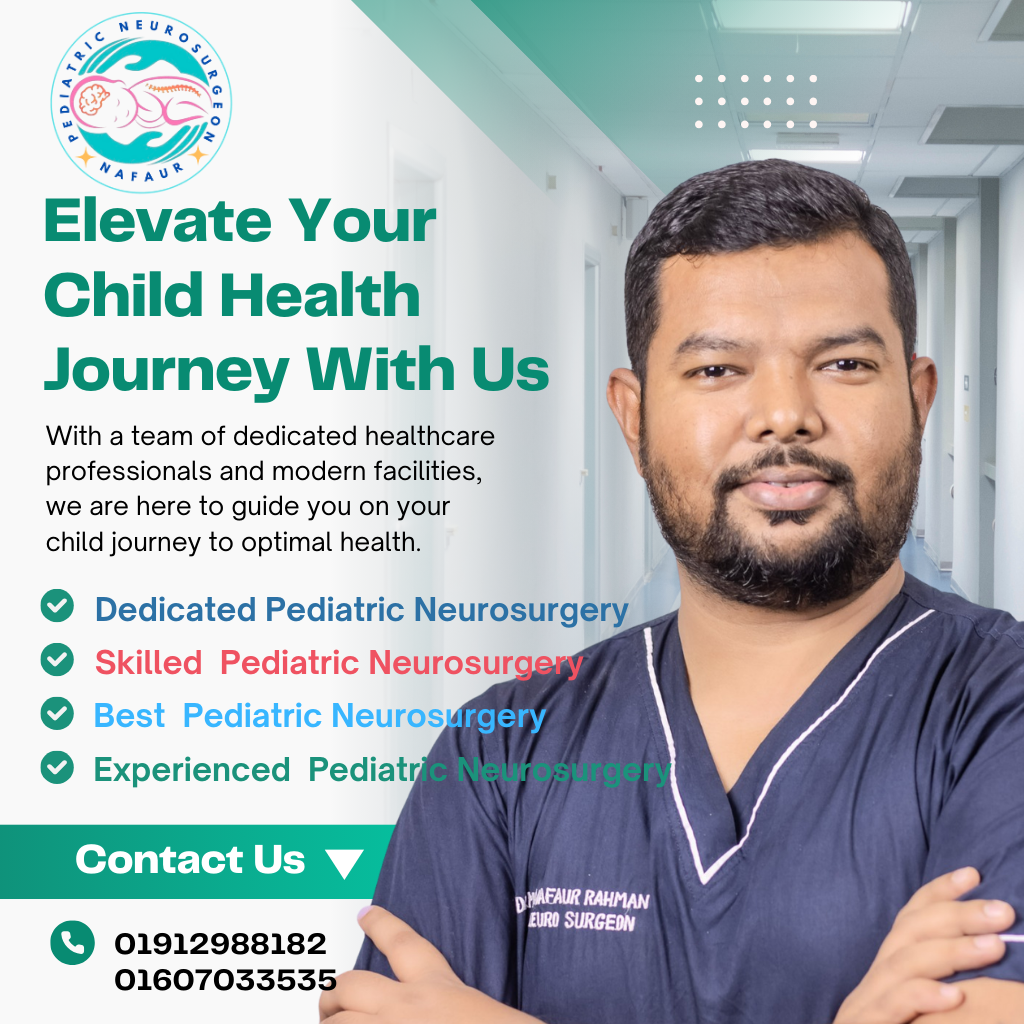Moyamoya Diseases
Moyamoya Diseases
Pediatric Moyamoya Disease is a rare, progressive cerebrovascular condition characterized by the narrowing or blockage of major arteries at the base of the brain, particularly the internal carotid arteries and their branches. To compensate, the brain develops a fragile network of small collateral vessels that resemble a “puff of smoke” on angiography—hence the Japanese name "Moyamoya", meaning “hazy cloud.” This disease can result in repeated strokes (ischemic attacks), seizures, cognitive impairment, and developmental delay in children. Early diagnosis and timely surgical intervention are critical to prevent permanent brain damage. In Bangladesh, awareness and diagnosis of Moyamoya Disease are limited, making the role of pediatric neurosurgeons like Dr. Md. Nafaur Rahman vital for the survival and quality of life of affected children. 🌍 Moyamoya Disease in the Bangladesh Context Though rare, Moyamoya Disease is increasingly being identified in Bangladeshi children, thanks to improved access to neuroimaging and specialized pediatric neurosurgical care. However, several challenges persist: 🔍 Lack of awareness among general physicians and rural health workers ⏳ Misdiagnosis as epilepsy, ADHD, or cerebral palsy 🏥 Limited access to cerebral angiography or perfusion imaging in many districts ❌ Absence of routine pediatric stroke screening 💰 Financial constraints in obtaining lifelong follow-up and surgical correction Dr. Nafaur Rahman is among the few specialists in Bangladesh with expertise in diagnosing and surgically treating Moyamoya Disease in children. ⚠️ Symptoms of Pediatric Moyamoya Disease Moyamoya often presents differently in children than in adults. Symptoms may be sudden, subtle, or progress over time, including: 🧠 Recurrent transient ischemic attacks (TIAs) or strokes 🗣️ Speech disturbances or slurring (aphasia or dysarthria) 🦵 Weakness or paralysis in arms or legs (hemiparesis) 🧍♂️ Difficulty walking, frequent falls, or unsteady gait 😵 Seizures or epilepsy-like episodes 🥱 Cognitive decline, lethargy, or personality changes 🧒 Developmental delay or academic decline Many parents in Bangladesh initially misinterpret these symptoms as general weakness, nutritional issues, or behavioral disorders, which delays effective treatment. 🏥 Diagnosis at NINS & Bangladesh Paediatric Neurocare Centre Dr. Nafaur Rahman and his team follow an internationally aligned, child-centered protocol for diagnosis: ✅ Essential Diagnostic Tools: MRI and MRA of the Brain – To visualize narrowed arteries and collateral formation Digital Subtraction Angiography (DSA) – Gold standard for confirming diagnosis CT Perfusion Imaging – Assesses brain blood flow and oxygenation EEG (if seizures are present) Neurocognitive and developmental assessments In infants or young children, sedation-assisted neuroimaging is safely performed to avoid motion artifacts. 🔬 Treatment of Pediatric Moyamoya Disease There is no medical cure for Moyamoya Disease. The primary goal of treatment is to restore adequate blood flow to the brain and prevent further strokes. This is achieved through revascularization surgery, performed by skilled pediatric neurosurgeons. 🔧 Surgical Procedures Offered by Dr. Nafaur Rahman: Indirect Bypass Procedures (Preferred in Children): Encephaloduroarteriosynangiosis (EDAS) Encephalomyosynangiosis (EMS) Encephaloduroarteriomyosynangiosis (EDAMS) These involve redirecting arteries or muscle layers to grow new vessels into the brain tissue over time. Direct Bypass (Less common in children): Directly connects a scalp artery (e.g., STA) to a brain artery (MCA) Combined Bypass Procedures: Used in complex or advanced cases “The brain of a growing child can heal from Moyamoya—but only if blood flow is surgically restored before irreversible damage occurs.” — Dr. Md. Nafaur Rahman 🔁 Postoperative Recovery & Follow-Up After successful surgery, most children experience: 🔄 Reduced frequency of stroke or TIA episodes 📈 Improved cognitive and academic function 🧠 Stabilization of neurological symptoms 💪 Better motor control and social development Dr. Nafaur ensures long-term monitoring, including: Periodic MRI/MRA follow-ups Neurocognitive rehabilitation Speech therapy and occupational therapy Parental guidance and school reintegration planning 🚨 Consequences of Delayed Diagnosis If left untreated, Moyamoya Disease can lead to: Permanent paralysis or speech loss Severe cognitive regression or intellectual disability Seizure disorders Hydrocephalus (fluid buildup in the brain) Even death in severe ischemic or hemorrhagic events 🧒 Dr. Nafaur’s Mission in Moyamoya Care Across Bangladesh 🌍 Raising awareness about pediatric stroke and Moyamoya Disease 🏥 Establishing early referral pathways from district and upazila hospitals 💬 Training general pediatricians and neurologists on red-flag signs 🎓 Partnering with academic institutions for early screening and diagnosis 💝 Providing cost-effective surgical options for underprivileged families 🤝 Coordinating long-term support including rehabilitation and educational planning 👨⚕️ Why Choose Dr. Md. Nafaur Rahman? 🧠 Recognized as one of Bangladesh’s leading experts in pediatric cerebrovascular surgery 🎯 Specialized in Moyamoya diagnosis and revascularization techniques 🏥 Practices at NINS, the country’s most advanced neurological center 👶 Provides age-specific, gentle care for infants, children, and adolescents 📊 High success rate in preventing further strokes and improving quality of life 📞 Contact for Moyamoya Evaluation, Diagnosis, or Surgery Dr. Md. Nafaur Rahman Assistant Professor, Pediatric Neurosurgery, NINS Chief Consultant, Bangladesh Paediatric Neurocare Centre 📱 For Serial/Appointment: 📞 01912988182 | 📞 01607033535 🌐 Website: www.neurosurgeonnafaur.com

